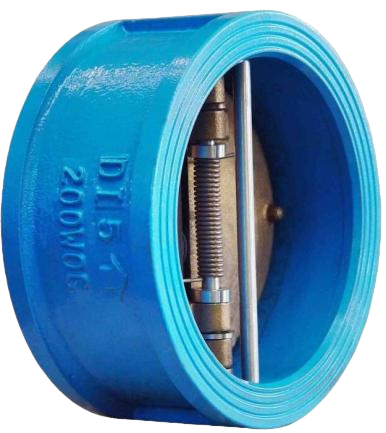In the industrial and construction sectors, the selection and installation of valves are critical factors in ensuring the proper functioning of systems. TWS will explore the considerations when installing water valves (such as butterfly valves, gate valves, and check valves).
First, let’s understand the different types of valves. A butterfly valve is commonly used in fluid control, offering advantages such as simple structure, light weight, and rapid opening. A gate valve is mainly used in fully open or fully closed applications, suitable for fluid shut-off. A check valve is used to prevent backflow and ensure system safety. Each type of valve has its specific application scenarios and installation requirements.
When installing valves, the installation direction is a crucial consideration. Different types of valves have different requirements regarding the direction of fluid flow during installation. Here are some key considerations:
1. Fluid Flow Direction: Every valve has a designed flow direction, which must be followed during installation. For example, butterfly valves are typically installed in the direction of fluid flow to ensure effective control of fluid flow. Gate valves should also be installed in the same direction as the fluid flow to avoid affecting the valve’s sealing performance.
2. Valve Type: Different types of valves have different directional requirements during installation. Check valves must be installed according to the manufacturer’s instructions to ensure they effectively prevent backflow. Incorrect installation of a check valve may lead to system malfunction or even equipment damage.
3. System Design: When designing a piping system, the installation direction of valves should be consistent with the overall flow direction of the system. Designers need to consider the valve installation location, pipeline routing, and fluid properties to ensure efficient system operation.
4. Maintenance and Repair: The installation direction of valves will also affect later maintenance and repair work. Accessibility should be considered during installation to ensure convenient inspection and maintenance when needed. For example, the operating handle of a butterfly valve should face an easy-to-operate direction for daily use.
5. Environmental Factors: In some cases, environmental factors can also affect the installation orientation of valves. For example, in high-temperature or high-pressure environments, the installation orientation of valves may affect their performance and lifespan. Therefore, environmental conditions should be fully assessed before installation to select a suitable installation orientation.
In summary, the installation direction of water valves (such as butterfly valves, gate valves, and check valves) is a crucial factor that cannot be ignored. Correct installation not only ensures the valve’s proper operation but also extends its service life and reduces maintenance costs. Therefore, when installing valves, it is essential to follow the manufacturer’s guidelines and industry standards to ensure the safe and efficient operation of the system.
Post time: Nov-14-2025






